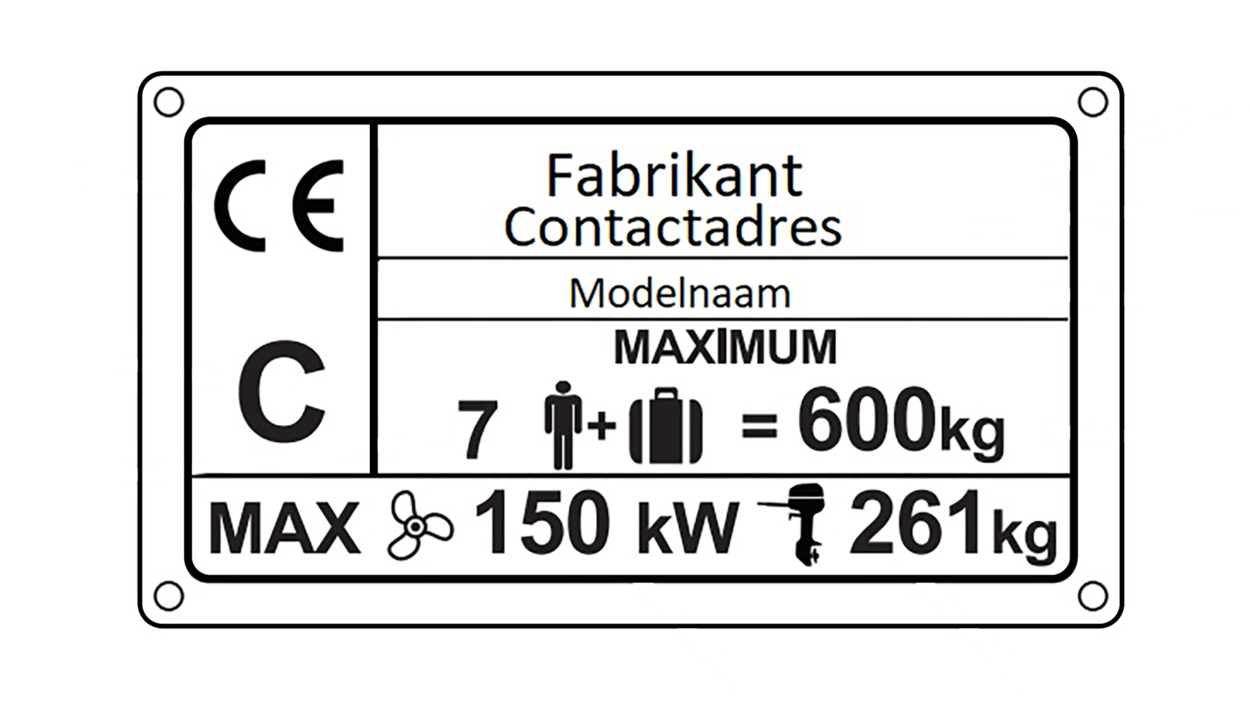Product requirements for recreational craft and personal watercraft
Pleasure craft and personal watercraft that are brought to the market in the Netherlands must meet legal product requirements. All operators in the economic chain have obligations, including manufacturers, importers, distributors and rental businesses. The Human Environment and Transport Inspectorate (ILT) oversees compliance.
Bekijk deze pagina in het Nederlands
This page provides an overview of the product requirements, including those for safety and exhaust emissions. These requirements are derived from the Wet pleziervaartuigen 2016 (Pleasure Craft Act 2016), which is based on the European directive on recreational craft and personal watercraft.
Please note: Refer to the Pleasure Craft Act and the European Union (EU) directive to ensure compliance with all regulations.
Which vessels must meet the product requirements?
The Pleasure Craft Act applies to recreational craft with a hull length between 2.5 and 24 metres and personal watercraft up to 4 metres. It does not apply to vessels such as canoes, racing boats, or pedal boats.
Who is responsible?
Your role as an operator in the economic chain determines your obligations regarding vessels covered by the Pleasure Craft Act 2016.
- Manufacturers - If you are the manufacturer, you must ensure the vessel meets product requirements and that the necessary documents are in order. You are also considered the manufacturer under the law if you place your own brand name on a vessel.
- Importers - If you are importing a vessel into the European Economic Area (EEA) for the first time, you must ensure that both the manufacturer and the vessel comply with all legal requirements. The EEA includes the European Union (EU), as well as Norway and Iceland.
- Distributors - If you are a distributor, you must verify that the vessel has a CE marking and is accompanied by the correct documentation.
- Rental businesses - If you are a rental business, you are also an operator in the economic chain and have the same obligations as a distributor. You must verify that the vessel has a CE marking and is accompanied by the correct documentation.
Conformity assessment
As a manufacturer, you must demonstrate that the craft meets the product requirements. These include:
- Safety requirements, such as those for structure, stability and buoyancy.
- Environmental requirements for exhaust and noise emissions from propulsion engines.
You must determine the design category for which the craft is suitable. These are the 4 categories listed in Annex 1, section 1 of the European directive on recreational craft and personal watercraft:
| Design category | Navigation area | Wind force (Beaufort scale) | Significant wave height (H ⅓, metres) |
|---|---|---|---|
| A | Ocean | exceeding 8 | exceeding 4 |
| B | Offshore | up to, and including, 8 | up to, and including, 4 |
| C | Inshore | up to, and including, 6 | up to, and including, 2 |
| D | Sheltered waters | up to, and including, 4 | up to, and including, 0.3 |
To determine the correct design category, you will need to follow the appropriate conformity assessment modules.
Required documentation, builder’s plate and WIN code
Once you have determined that the craft complies with all product requirements for the chosen design category, you must prepare the required documentation and affix the Watercraft Identification Number (WIN) and a builder’s plate with the CE marking to the craft.
Example of a builder’s plate
